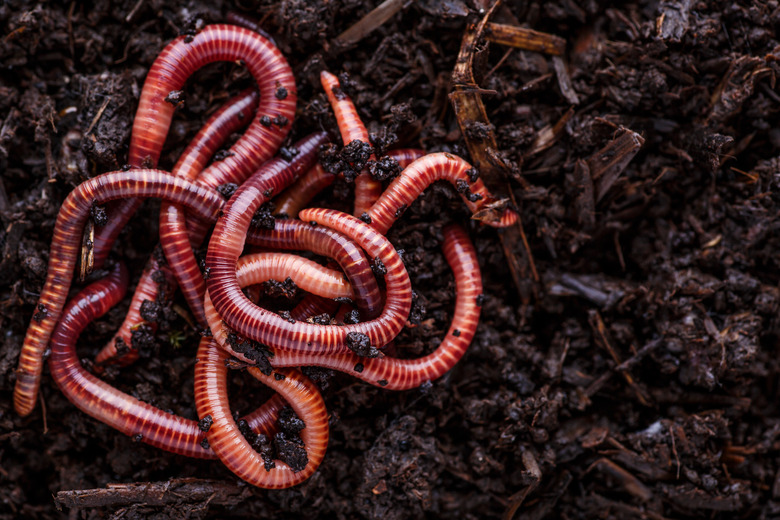Scientists Revived A Worm That Was Frozen In Permafrost For 46,000 Years
The Siberian permafrost continues to illicit new mysteries for scientists to dig into, especially as it begins to thaw more and more. The latest discovery comes with the revival of a worm that has remained frozen in the permafrost for over 46,000 years. The worm in question is a roundworm from a previously unknown species, unlike the known species showcased in the featured image.
The researchers say that it survived the past 46,000 years by being frozen roughly 40 meters (131.2 feet) below the surface of the Siberian permafrost. This allowed the worm to enter a dormant-like state known as cryptobiosis. When an organism enters this state, it essentially can endure the complete absence of water and oxygen and can withstand high temperatures, freezing, or salty conditions, researchers note.
During this time, the organism is between both life and death, essentially waiting in limbo, its metabolism lowered to an undetectable level, the researchers explained in their new findings. This shows that "one can halt life and then start it from the beginning," Teymuras Kurzchalia, professor emeritus at the Max Planck Institute of Molecular Cell Biology and Genetics in Dresden, said.

Two different roundworm species were discovered in the Siberian permafrost roughly five years ago. Two of the found worms were revived simply by rehydrating them with water. Another 100 worms were taken in the researcher's pocket to Germany, where they were able to be studied more in-depth.
While looking deeper into the worms, the researchers discovered that the worms were between 45,839 and 47,769 years old by looking at radiocarbon analysis of the creatures. Previous discoveries from this same time period include an ancient zombie virus, which scientists revived previously.
By looking at these ancient permafrost worms and further understanding them, researchers are able to learn more about conversation biology, and how the creatures of our world protect themselves from extreme conditions like those we currently have.
